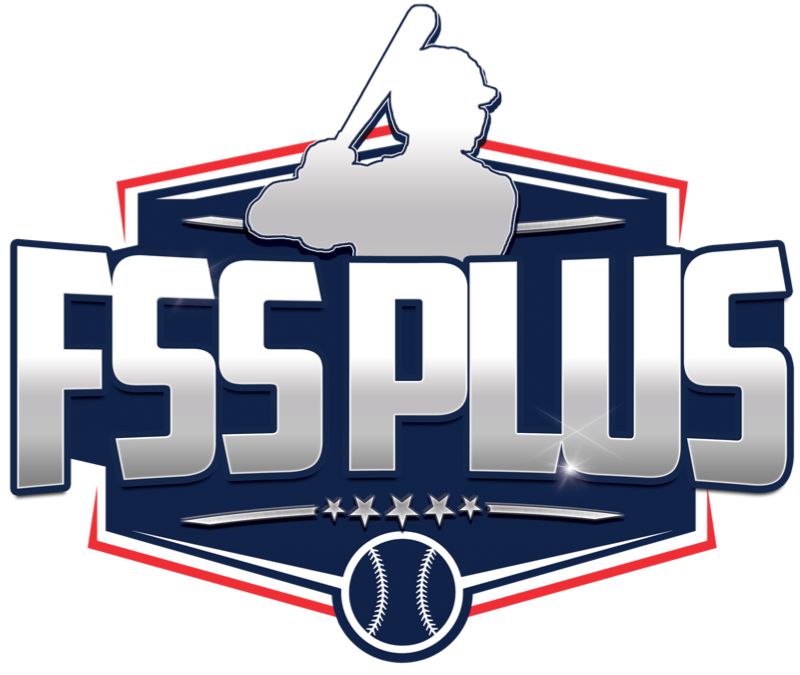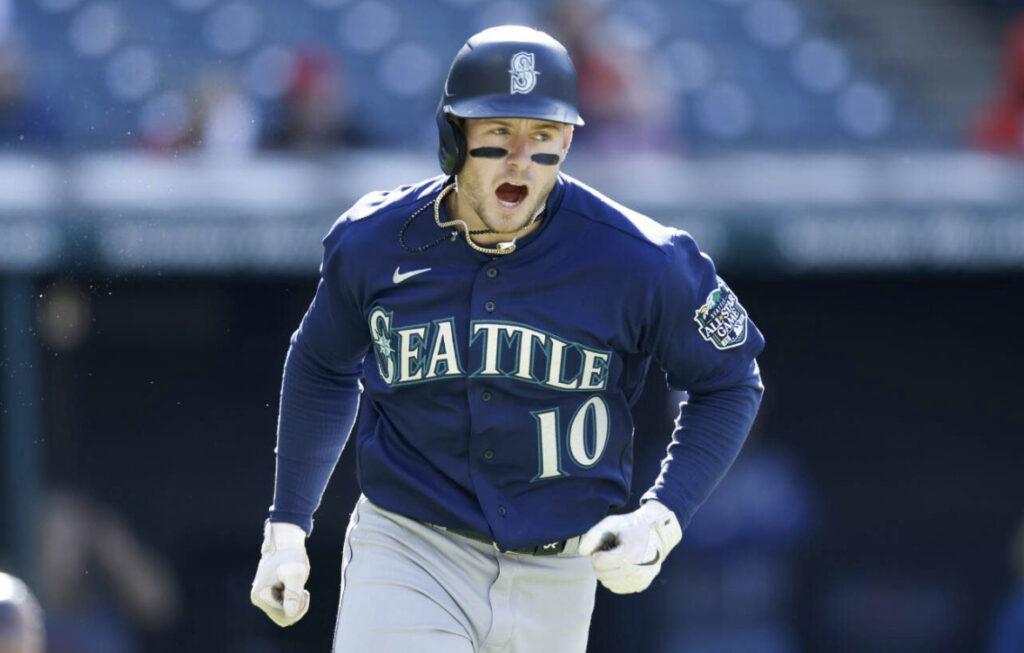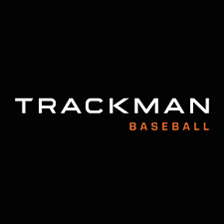In what some deemed a stunning move Sunday night, the Seattle Mariners traded LHP Marco Gonzales, 1B Evan White, and OF Jarred Kelenic to the Atlanta Braves in exchange for RHP Jackson Kowar and RHP Cole Phillips. The move was a clear signal the Mariners were actively looking to cut payroll in the immediacy. What they do with those additional dollars, however, remains to be seen.
In a statement Sunday night to the media, Mariners President of Baseball Operations Jerry Dipoto said “As we continue to work through this offseason with a goal of improving our team for 2024 and beyond, we believe the additions of Jackson Kowar and Cole Phillips, as well as the roster and payroll flexibility created tonight, will move us closer to that goal.”
Let’s start with the deal itself, before the editorial section of this piece gains traction.
After two disappointing campaigns in 2021 and 2022, Kelenic showed flashes of his upside last season finishing the year with a .253/.327/.419 slash with 11 homers, 25 doubles and 13 stolen bases. All five tools were on display at one time or another, though most of his damage was done in the first two months of the season. From June 1 on, Kelenic slashed .226/.320/.316 with just one homer. That period included a 7-week stint on the IL as he recovered from a broken foot after kicking a water cooler in the dugout out of frustration following a strikeout. Kelenic has not yet proven he can hit left-handed pitching, and adjusting to changeups and spin has been a struggle.
White has had a difficult time staying on the field following numerous injuries and subsequent surgeries to his hips and core. He’s owed $7 million in 2024 and $8 million in 2025. Gonzales missed the second half of the 2023 campaign following forearm surgery and is owed ~$12 million for the 2024 season, his final contract year. He has largely been a back-of-the-rotation innings-eater over the last two seasons. According to the Associated Press, The Mariners are also kicking $4.5 million over to the Braves to complete the deal.
In return, the Mariners receive Kowar and Phillips. The former is a hard-throwing righty with a prototype frame and will flash a 70-grade changeup, though it’s more commonly plus. He doesn’t throw a particularly good breaking ball, but he has the upside of a leverageable reliever despite his inconsistent performances to this point. Phillips hasn’t pitched in affiliated ball yet after undergoing Tommy John surgery in March of 2022 prior to being drafted. As an amateur he touched 99 with a sharp, slurvy breaking ball that some believed could eventually become an above average weapon. Phillips has a starter frame, a clean delivery and clear upside. Though having not pitched in close to 20 months now, he’ll have to prove that horsepower is still in the tank in 2024 and beyond.
Here is one of the last times new Seattle Mariners prospect RHP Cole Phillips threw on a mound. He's expected back in full-health this spring.
The fastball has the chance to be truly special. Up to 99. Good delivery and prototype frame. It's a good arm.pic.twitter.com/rYlboQMOuU
— Joe Doyle (@JoeDoyleMiLB) December 4, 2023
So what exactly does this mean for the Mariners going forward, and what comes next? There are seemingly endless wrinkles and angles to this deal.
On the one hand, this deal pretty well locks in the assumption that Seattle is working on a restricted payroll for the 2024 season. What that payroll ceiling is remains to be seen. It would be hard to believe the team would need to shave something like $15 million off the top line to make room for additions that would eventually push them closer to a $200 million, or even a $180 million payroll.
Time will tell if that assumption rings true.
The Mariners are taking a gamble, betting that Kelenic’s future value will not exceed the total dollars saved on this deal. Seattle is betting they will be able to get more value out of the re-spending of those dollars. A couple of 2-fWAR seasons in 2024 and 2025 would pay for this deal by itself for the Braves strictly going off the going-rate for free agent bats these days. It’s a risk for the Mariners, and arguably a sizable one.
If Kelenic’s 2023 upswing, tools, and well-documented prospect pedigree eventually lead to a moment where it all clicks, Seattle may regret this deal. The word “if”, admittedly, doing some heavy lifting.
There’s also the opportunity cost of having Kelenic on the roster in the first place. He’s no sure thing and replacing his roster spot with a more reliable player is arguably the “safer” route for a Mariners lineup looking for more consistency this season. But again, that player must be added before a full retrospective of this deal can take shape.
Kelenic’s aforementioned temperament in the clubhouse has been a talking point by staffers and front office members alike for years. This might speak on where the Mariners were at with his progress both on the field, and potentially with his attitude in the clubhouse. For a team to be willing to move a 24-year-old with as many tools as Kelenic has for payroll flexibility over the next two seasons, something in that relationship has to have been fractured. It’s not Dipoto’s way to move young, controllable, talented players for some breathing room in the purse department. After all, considering the optics of this deal, the Mariners are actively trying to find ways to control payroll with cheaper players. Kelenic is precisely that.
Meanwhile, the move also opens up two more holes within Seattle’s 26-man roster that need addressing. A team already shy two bats for the 2024 campaign now finds itself without a young, potentially exciting starting-caliber corner outfielder, as well as the necessary depth on the mound to withstand the demands of a full 162-game season. It’s certainly no guarantee Gonzales would have pitched in the rotation at any time in 2024, but given the nature of baseball and the injuries teams must withstand throughout the summer, the mere existence of his depth provided value in a way.
This leaves the Mariners with Luis Castillo, George Kirby, Logan Gilbert, Bryce Miller, Bryan Woo and Emerson Hancock as readily available options come March. Just six names, and Hancock’s previous durability woes leave that number more of a soft six. So while the Mariners did shed $12 million by moving Gonzales, it should be assumed they’ll be forced to spend some resources on his replacement.
The move also makes it more difficult to navigate a scenario where the Mariners are able to trade one of their young starting pitchers for a bat this winter.
In order for this deal to make sense, Seattle must have a few avenues to address a roster that currently, from this chair, is three bats and at least one arm short of being where it needs to be in 2024. The team payroll currently sits at an estimated $115 million for next season. Seattle finished 2023 at close to $140 million in money out-the-door. Dipoto did add Sunday night that team payroll is “very likely” to rise in 2024. So in that regard, the team now has upwards of at least $30 million in AAV for this upcoming season to spend this winter. Seattle’s payroll has increased every season going back to 2020.
Kelenic was by no means a sure thing to produce next season given his history and warts on the scouting report. The case can certainly be made the Mariners are no worse off today than they were on Saturday assuming they are able to find an outfielder to replace Kelenic’s production. One bat should be a reasonably easy addition, especially with the considerable payroll space opened up. But the optics of this deal, the need to move a young, controllable, talented outfielder for the opportunity to spend those dollars in the first place, well, the optics aren’t good.
- The Diamondbacks return for Josh Naylor… - July 25, 2025
- Five 2025 draft picks that could win Rookie of the Year in 2026 - July 21, 2025
- 2025 MLB Draft: The predictions you didn’t know you needed - July 16, 2025












